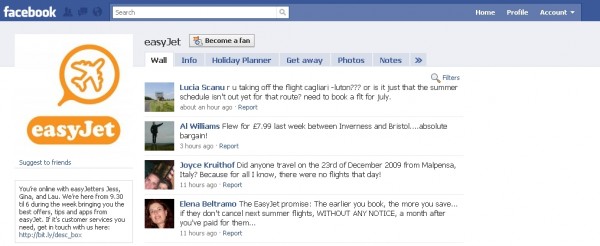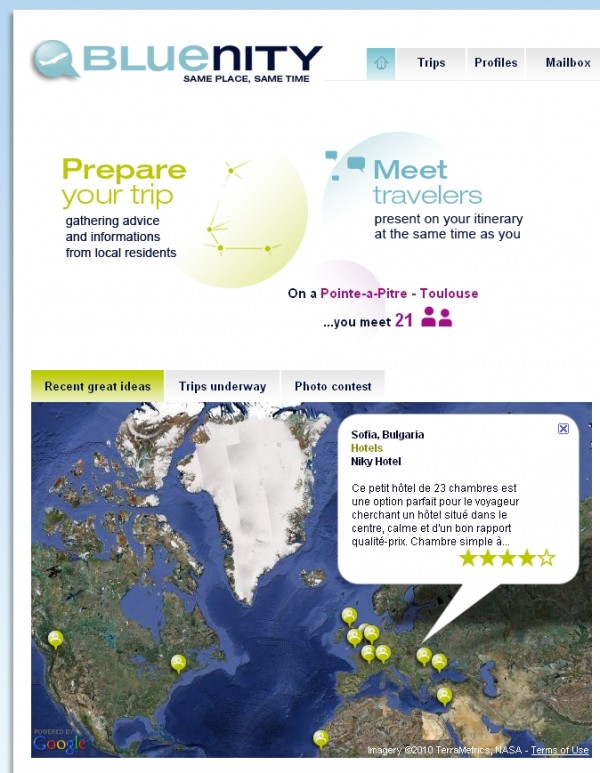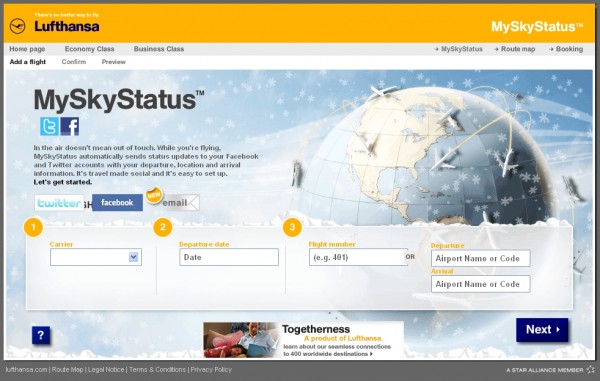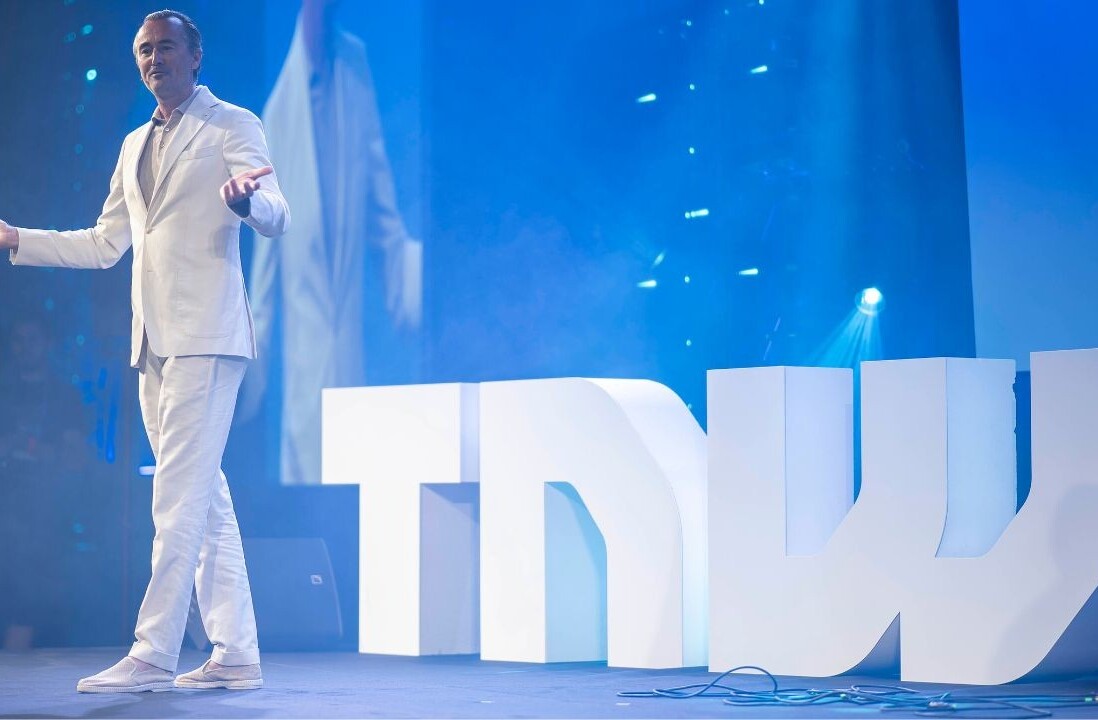
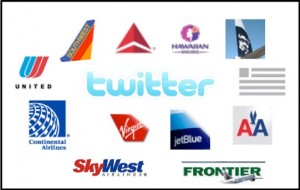 In recent years, the relationship between customers and airlines has become increasingly taken over by travel aggregation sites. In a cut throat industry, this represents a significant threat to the carriers.
In recent years, the relationship between customers and airlines has become increasingly taken over by travel aggregation sites. In a cut throat industry, this represents a significant threat to the carriers.
The industry is ripe for innovative players to use social media tools to regain control of their customer relationship. In this post, I’ll look at some of the ideas already being adopted by airlines in this space.
Customer service
@JetBlue seems to be leading the charge with using Twitter as a customer service channel. At the time of writing, it has about 1.6m followers to its main Twitter stream which is used for customer service, promotions and the like.
Airlines should not be fooled though, customers expect almost real time responses and this requires a team of agents being responsive to inbound messages. For that cost however, JetBlue have 1.6m people who have voluntarily signed up to receive brand messages and that seems like a reasonable ROI.
Of course, the recent Kevin Smith / Southwest fracas demonstrates both the need for airlines to be “listening” on social media channels and the importance of responding quickly and reasonably.

See also @easyJetCare
Flogging inventory
When planes take-off with empty seats that’s a revenue opportunity lost, forever. Consequently, it makes sense to use social media to try and flog empty seats as demand dictates. Again, JetBlue are leading front the front with their dedicated Twitter stream, @jetbluecheeps.
See also @airnz_deals @grabaseat and, where dedicated deal Twitter streams have not been setup, most of the Twitter streams setup by airlines include some tweets announcing discounts and sales. Some of the Facebook pages also do.
Building community
Building community is where social media really comes into its own. EasyJet runs a Facebook page (approx. 23k fans) which is used to run competitions. Punters are encouraged to share photos and prizes are — unsurprisingly — flights and accommodation. There’s a team of 3 running the page and they also respond to customer queries posted on the wall.
British Airways have a more advanced take on this. Focusing on their core route between London and New York, they’ve built a social network, Metrotwin, which encourages users to “twin” their favourite spots in each city. Reviews are professionally sourced and users are encouraged to twin locations, share their experiences, etc.
Air France – KLM have taken a different view, they’ve built a site, Bluenity, which connects their passengers based on overlapping itineraries. The site also allows you to share and read travel reviews and suggestions from fellow members. The idea of meeting fellow travellers before and after flights is a compelling one, although I think the user interface could do with some work.
Being innovative
One of the best ideas I found is a service from Lufthansa, MySkyStatus, which automatically sends updates to your Facebook and Twitter accounts with departure and arrival information. It can also send email updates. Although it’s a Lufthansa site, it allows you to register for updates from pretty much all carriers however the tweet / profile update will have Lufthansa branding.
Researching this piece was interesting. I wanted to focus on the business drivers for using social media rather than just listing airlines’ Twitter and Facebook presence. I have a few general observations though…
- On Twitter, there seems to be a massive gaps between the airlines with big communities (@JetBlue – 1.6m followers, @SouthwestAir, 1m followers) and the rest who have followers in the thousands, but typically not more than 50 thousand. To be honest, I don’t know why this is, I suspect it reflects a larger reality about these brands rather than something about social networking.
- Twitter seems to be a more popular medium than Facebook – it was easier to find airlines on Twitter and there were more airlines with more up-to-date profiles. On one hand, this makes sense – the messages are short and sharp and Twitter is a good platform for this. On the other, Facebook has three to five times the number of users than Twitter.
And this is all too much for you, there’s always your local high street agency, @ThomasCookUK.
[Top image via Brian Solis]
Get the TNW newsletter
Get the most important tech news in your inbox each week.

